Cancer in Animal:
What are Neoplasia, Tumors and Cancer?
Neoplasia (nee-oh-PLAY-zhuh) is the uncontrolled, abnormal growth of cells or tissues in the body, and the abnormal growth itself is called a neoplasm (nee-oh-PLAZ-m) or tumor. It can be

benign (bee-NINE) or malignant. Benign neoplasms do not grow aggressively, do not invade the surrounding body tissues, and do not spread throughout the body. Malignant neoplasms, on the other hand, tend to grow rapidly, invade the tissues around them, and spread, or metastasize (me-TAS-ta-size), to other parts of the body.
The word "tumor" or "mass" is often used to describe the actual swelling or other physical appearance of a neoplasm. The word "cancer" is often confused with neoplasia, but only malignant neoplasms are truly cancers.
How Common are Neoplasia and Cancer?
Neoplasia is common in pet animals and the incidence increases with age. Cancer accounts for almost half of the deaths of pets over 10 years of age. Dogs get cancer at roughly the same rate as humans, while cats get fewer cancers.
How is it Diagnosed?
Neoplasia is often suspected on the basis of the pet's medical history and physical exam. Additional tests, such as radiographs (x-rays), blood tests, and ultrasound exams, may be necessary to confirm neoplasia. A biopsy (BYE-op-see), taking a tissue sample from the neoplasm for examination under a microscope, is usually necessary to confirm the diagnosis and help determine if the neoplasm is benign or malignant. Additional biopsies of other tissues, such as lymph nodes, may be necessary to determine how far a malignant neoplasm (cancer) has spread.
Is Neoplasia Preventable?
Unfortunately, the cause of most neoplastic diseases is not known and, therefore, prevention is difficult. Early detection and treatment are the best ways to manage neoplasia in pets.
Common Types of Neoplasia in Pets
Skin - Skin tumors are very common in older dogs, but much less common in cats. Most skin tumors in cats are malignant, but in dogs they are often benign. Your veterinarian should examine all skin tumors in a dog or cat to determine if any are malignant.
Mammary Gland (Breast) - 50% of all breast tumors in dogs and greater than 85% of all breast tumors in cats are malignant. Spaying your female pet before 12 months of age will greatly reduce the risk of mammary gland cancer.
Head & Neck - Neoplasia of the mouth is common in dogs and less common in cats. Signs to watch for are a mass or tumor on the gums, bleeding, odor, or difficulty eating. Since many swellings are malignant, early, aggressive treatment is essential. Neoplasia may also develop inside the nose of both cats and dogs. Bleeding from the nose, breathing difficulty, or facial swelling are signs that may indicate neoplasia and should be checked by your veterinarian.
Lymphoma - Lymphoma is a common form of neoplasia in dogs and cats. It is characterized by enlargement of one or many lymph nodes in the body. A contagious feline leukemia virus can be the cause of lymphoma in some cats.
Testicles - Testicular tumors are rare in cats and common in dogs, especially those with retained testicles (testicles that did not move to their normal positions during growth, and may be located in the abdomen or between the abdomen and scrotum).
Abdominal Tumors - Tumors inside the abdomen are common but it is difficult to make an early diagnosis. Weight loss or abdominal swelling are signs of these tumors.
Bone - Bone tumors are most often seen in large breed dogs and dogs older than seven years, and rarely in cats. The leg bones, near joints, are the most common sites. Persistent pain, lameness, and swelling in the affected area are common signs of the disease.
Many of the above signs are also seen with non-neoplastic conditions but they still need prompt attention by a veterinarian to determine the cause. Neoplasia is frequently treatable and early diagnosis will aid your veterinarian in delivering the best care possible.

How is Cancer Treated?
Each type of neoplasia requires individual care and may include one or a combination of treatment therapies such as surgery, chemotherapy, radiation, cryosurgery (freezing), hyperthermia (heating) or immunotherapy. Your pet's overall health is important too, and your veterinarian may recommend dietary changes or other things to help your pet better respond to treatment. Once you have a diagnosis, your veterinarian will discuss the best treatment option(s) for your pet and the risks and side effects associated with each option. Pain management is also an important part of treatment. In some instances, your veterinarian may refer you to a board-certified oncologist (cancer specialist) and/or specialty clinic depending upon the recommended course of treatment.
Some types of neoplasia can be cured, but other types can only be managed to decrease spread and prolong your pet's comfort and life as much as possible. How early a neoplasm is detected and the type of neoplasm are often the biggest factors determining the success of treatment.
Sometimes, euthanasia is considered when a pet has neoplasia (especially with some cancers). Before you make your decision for treatment or euthanasia, discuss the options with your veterinarian so you can make the best choice for your pet and your family.
What is the Success Rate?
This strongly depends upon the type and extent of the neoplasia, as well as the aggressiveness of therapy. Benign neoplasms are usually easier to treat, and treatment of any type of neoplasia is more likely to be successful if the neoplasms are detected early. Although some neoplasms (especially the more aggressive cancers) cannot be cured, treatment can prolong your pet's life and improve their quality of life.
What Will the Future Bring?
We are learning more about neoplasia through research and experience. Animals today have a better chance of being successfully treated for neoplasia and cancer than they did before, and the more we learn about it, the more pets' lives we can improve and save.
New diagnostic methods can help detect neoplasia earlier and improve your pet's chances, and new treatment methods are being developed to provide better success rates with less risk of side effects.
10 Common Signs of Neoplasia in Small Animals
- Abnormal swellings that persist or continue to grow
- Sores that do not heal
- Weight loss
- Loss of appetite
- Bleeding or discharge from any body opening
- Offensive odor
- Difficulty eating or swallowing
- Hesitation to exercise or loss of stamina
- Persistent lameness or stiffness
- Difficulty breathing, urinating, or defecating
Resources for More Information
American College of Veterinary Internal Medicine
www.acvim.org
Veterinary Cancer Society
www.vetcancersociety.org



















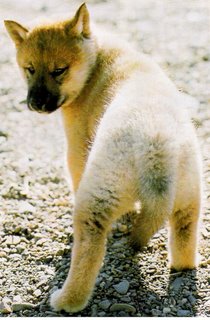





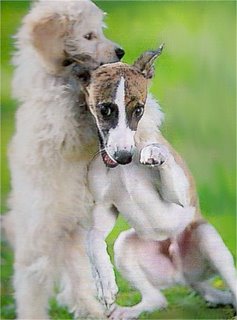


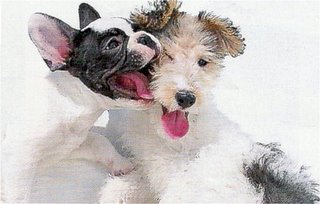


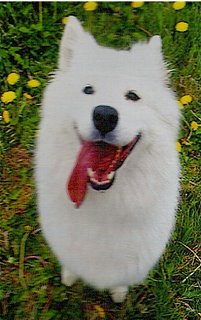
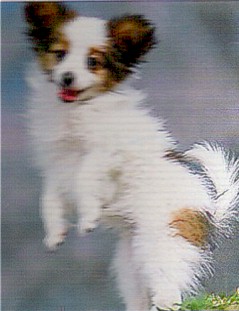



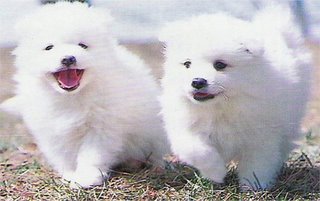













 I am bored. I want to play.
I am bored. I want to play.